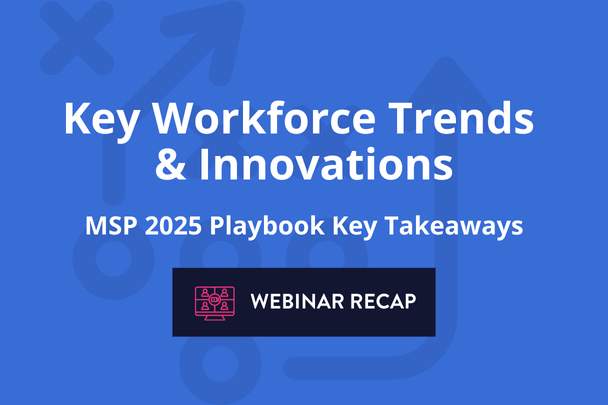As 2024 winds down, businesses in industries like retail, logistics, hospitality, real estate, and healthcare, among others, often encounter seasonal demand spikes that strain permanent staff and disrupt operations. For these companies, temporary hiring is often the answer. Contingent staffing helps them navigate the busy holiday season and sets the stage for a strong start in Q1. Read on for real-life applications of how temporary hiring in Q4 can give you a competitive edge across different industries in 2025.
Boost Productivity
Retailers are gearing up for Black Friday, bringing in temporary hires to manage the seasonal surge. Temporary hires help address these seasonal peaks by filling workforce gaps and ensuring workloads are handled efficiently. This boost in staffing levels helps maintain productivity and keeps operations running smoothly during high-demand periods.
Reduce Permanent Staff Burnout
Shipping companies face a surge in delivery demands during peak times, and relying only on full-time employees can lead to burnout, increased stress, and lower morale. By bringing in temporary workers, companies can distribute the workload more evenly, easing the pressure on permanent staff. This approach helps maintain high performance levels and keeps teams energized throughout the busy period.
Trial Period for Future Hires
Food and beverage companies may see Q4 as an ideal time to explore temp-to-hire positions, using the busy end-of-year season as a trial period to evaluate potential permanent hires. Bringing on temporary workers during this time allows businesses to assess their skills, work ethic, and cultural fit in a high-demand environment before making long-term commitments. Those who perform well can seamlessly transition to permanent roles in Q1, providing a pre-vetted talent pipeline and reducing recruitment time and costs.
Address Skill Gaps
During Open Enrollment, insurance companies face a substantial surge in demand for skilled employees to effectively manage policy inquiries and customer service. By bringing in temporary staff during this busy period, businesses can not only fill immediate staffing needs but also address skill gaps while remaining agile. This approach ensures that quality service is maintained, even in the face of increased demand.
Business Continuity
Winter illnesses can have a two-fold impact on healthcare companies: they can lead to an increase in patient visits while also resulting in higher rates of employee absenteeism. Both challenges can be effectively addressed through temporary staffing solutions. By hiring temporary workers, healthcare organizations can maintain operational stability by filling gaps created by employee time off or staffing changes, ensuring that business functions continue smoothly without interruption.
Innovation and Fresh Perspectives
A temporary real estate professional, for example, can offer a fresh perspective on operations and sales opportunities that long-term employees might overlook. These temporary hires often introduce innovative ideas and diverse experiences that can inspire creative solutions to challenges and enhance existing processes. By integrating these insights into the organization, companies can achieve significant improvements and lay the groundwork for a successful first quarter.
More Than a Stop Gap
Temporary hiring in Q4 is more than a stopgap solution—it’s a strategic approach that prepares businesses for long-term success. By boosting productivity, reducing burnout, and providing a trial period for future hires, companies can navigate year-end challenges with confidence. Additionally, the benefits of addressing skills gaps, ensuring continuity, and embracing new perspectives make temporary hiring an important component of a robust workforce strategy heading into Q1.











